 Shuttertock
Shuttertock
Before dogs ruled couches and treat jars, some were honored as divine beings and sacred protectors. In ancient civilizations, certain breeds weren’t just pets—they were worshipped, immortalized in art, and even mummified with royalty. Seen as spiritual guides, soul guardians, and symbols of power, these dogs were wrapped in fur and reverence. Some were believed to carry blessings; others walked beside gods and kings. From Egypt’s sun-baked sands to Tibet’s snowy peaks, these breeds were adored not just for loyalty—but for their mystical presence and legendary purpose.
Xoloitzcuintli
 Shuttertock
Shuttertock
The Xoloitzcuintli, or Xolo, was more than just an ancient hairless wonder—it was believed to be a sacred guide for souls traveling to the afterlife. In Aztec and Maya mythology, these dogs were considered spiritual companions. The gods chose to protect the dead on their journey through the underworld. They were often buried alongside their humans to provide guidance in the next life. Revered for their healing warmth and calm demeanor, Xolos were thought to ward off evil spirits and disease. Their nearly hairless bodies only added to their mystical aura—apparently, divine dogs don’t need fur to be fabulous.
Saluki
 Shutterstock
Shutterstock
Salukis were treasured in ancient Egypt, often referred to as “the royal dogs of Egypt,” and believed to be gifts from the gods. These elegant, slender hounds were not only hunting companions but were also honored in tombs and art, their images carved into stone and painted on sacred walls. Pharaohs mummified their Salukis to accompany them into the afterlife, a VIP treatment reserved for only the most divine. Their quiet, dignified nature and ethereal appearance likely added to their reputation as spiritual beings. Even today, Salukis seem to float rather than walk, as if still blessed by ancient gods.
Basenji
 Shutterstock
Shutterstock
The Basenji’s barkless charm and foxlike intelligence made it a sacred companion in ancient Central African cultures and even among early Egyptians. Basenjis appear in ancient art as far back as 5,000 years, often alongside royalty, which suggests they were seen as symbols of purity and power. Their quiet demeanor, coupled with an almost feline sense of self, led many to believe they had a spiritual connection. Some even considered them protectors from evil and omens of good fortune. While modern Basenjis might give you a side-eye when you ask them to sit, their ancestors were practically worshipped for doing the exact same thing.
Pharaoh Hound
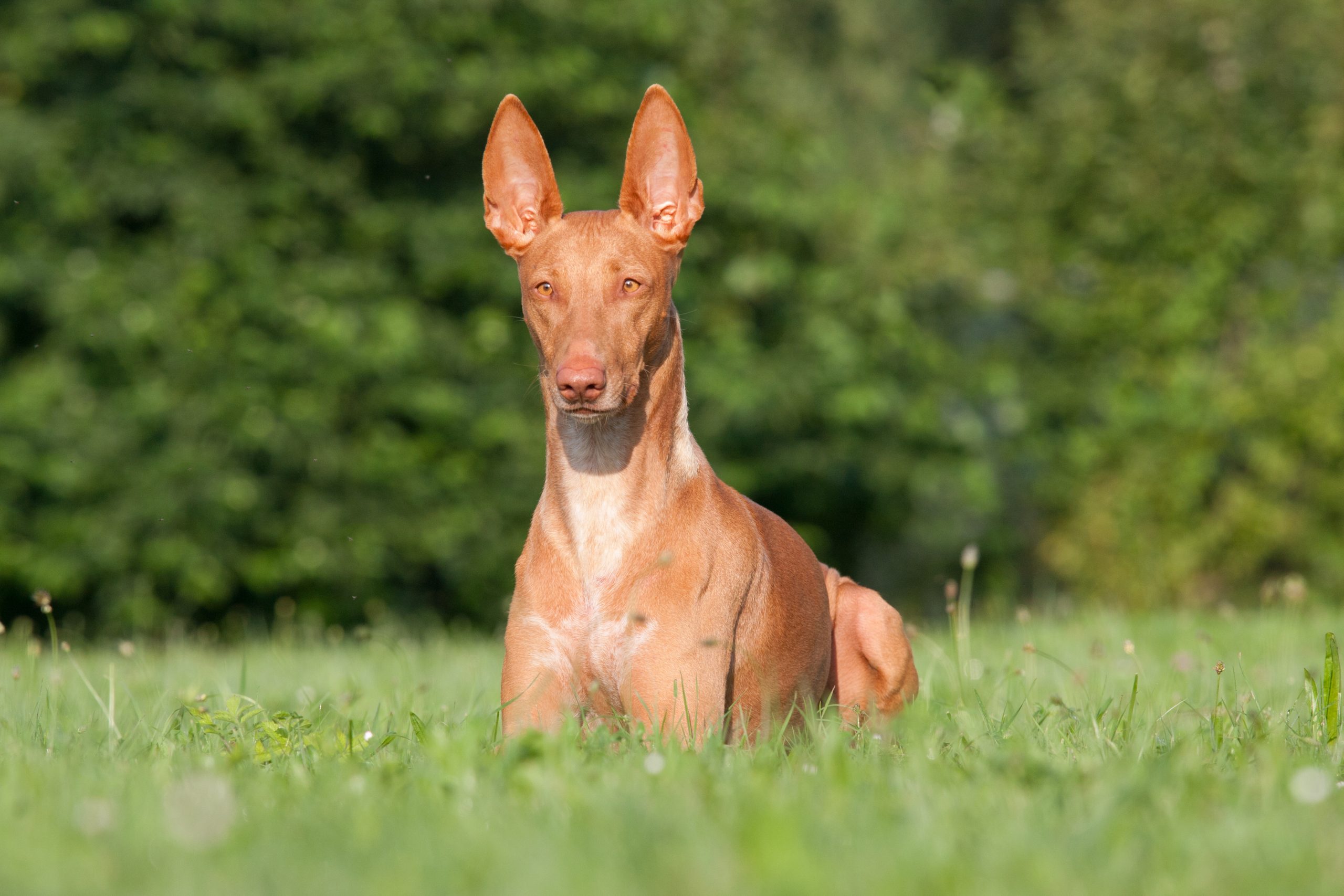 Shutterstock
Shutterstock
Despite its name, the Pharaoh Hound actually hails from Malta, but it embodies all the divine elegance of an Egyptian god. These sleek, graceful hounds were considered symbols of protection and joy, often associated with hunting deities. Their ability to “blush”—when excited, their ears and nose turn pink—only added to their mystical charm. Pharaoh Hounds were commonly featured in ancient art and revered for their noble form and keen hunting instincts. Even without a crown, this breed carries itself like it has a direct line to the afterlife.
Tibetan Mastiff
 Shutterstock
Shutterstock
The Tibetan Mastiff guarded temples in the Himalayas and was considered not just a protector of property but a guardian of spiritual energy. These massive, lion-like dogs were thought to possess supernatural abilities, capable of warding off demons and evil spirits. Monks believed they carried the reincarnated souls of monks not yet ready for Nirvana and treated them with reverence and deep respect. Their fearlessness and majestic presence made them a sacred part of temple life. When a Tibetan Mastiff stared into the distance, people didn’t ask why—they assumed it was sensing something from another dimension.
Lhasa Apso
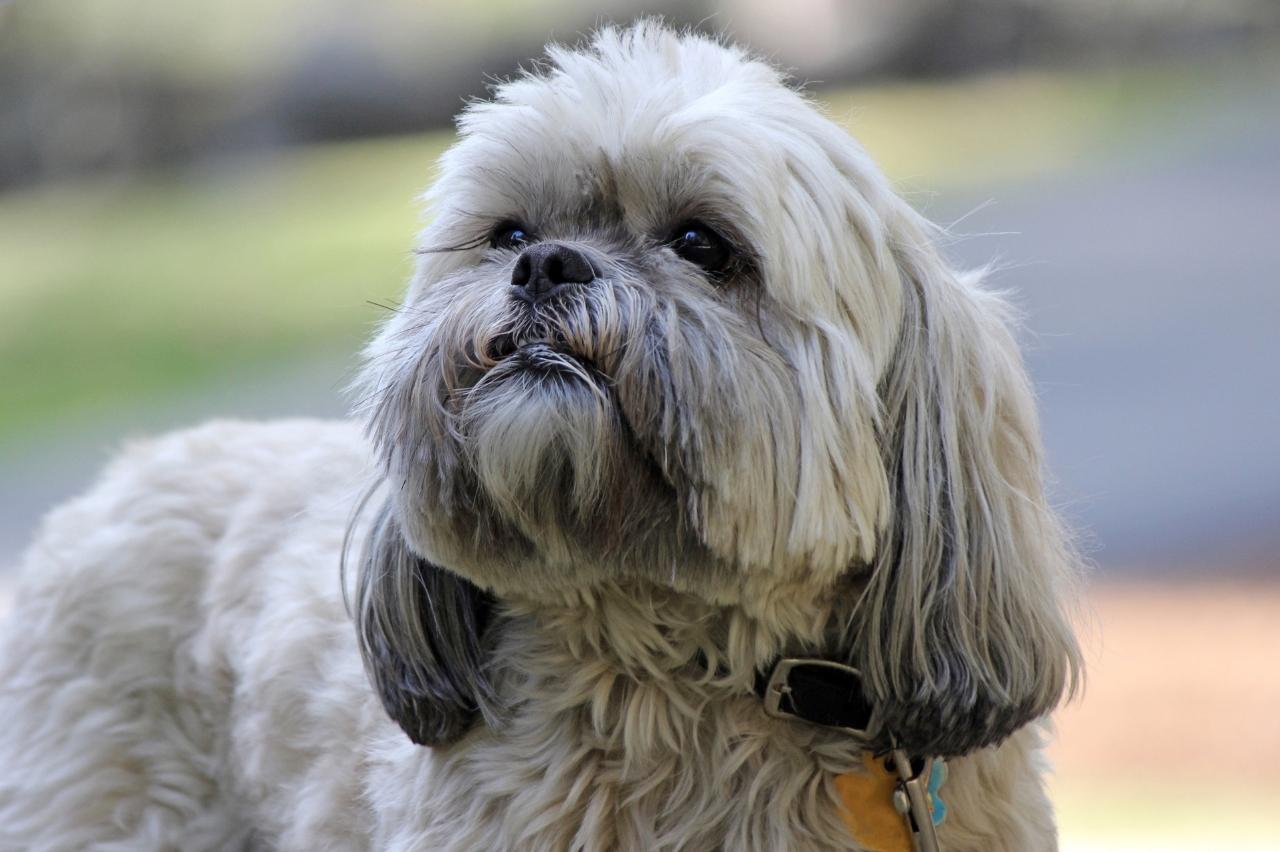 Shutterstock
Shutterstock
The Lhasa Apso was so closely associated with Tibetan monasteries and nobility that it was believed to be a spiritual sentinel. These small dogs weren’t just decorative companions—they were seen as carriers of reincarnated souls and spiritual protectors of the sacred. Lhasas were given only as gifts, never sold, which elevated their status to divine ambassadors. They were bred to guard the inner sanctums of temples, alerting monks to unseen forces. With their long, flowing coats and solemn expressions, Lhasas still carry the vibe of ancient beings disguised as small, judgmental fluffballs.
Akita Inu
 Shutterstock
Shutterstock
In Japan, the Akita Inu was considered a divine symbol of health, happiness, and protection. It was so revered that statues of Akitas were often gifted to families during illness or childbirth to bring good fortune. Samurai warriors viewed Akitas as noble spirits and protectors of honor and loyalty. One of the most famous Akitas in history, Hachiko, became a national symbol of undying devotion—if that’s not divine-level loyalty, nothing is. With their imposing presence and deep bond with humans, it’s no wonder the Akita earned its place in the spiritual hall of fame.
Shiba Inu
 Shutterstock
Shutterstock
Though smaller, the Shiba Inu held great cultural significance in ancient Japan. Known for its fiery spirit and bold nature, the Shiba was admired as a symbol of resilience and personal protection. Many believed the breed could ward off evil and misfortune, making them guardians of both homes and hearts. Their expressive faces and alert instincts added to their spiritual allure, especially in rural and mountainous regions where superstition ran deep. It’s easy to see how a dog this self-possessed could be considered a little divine.
Komondor
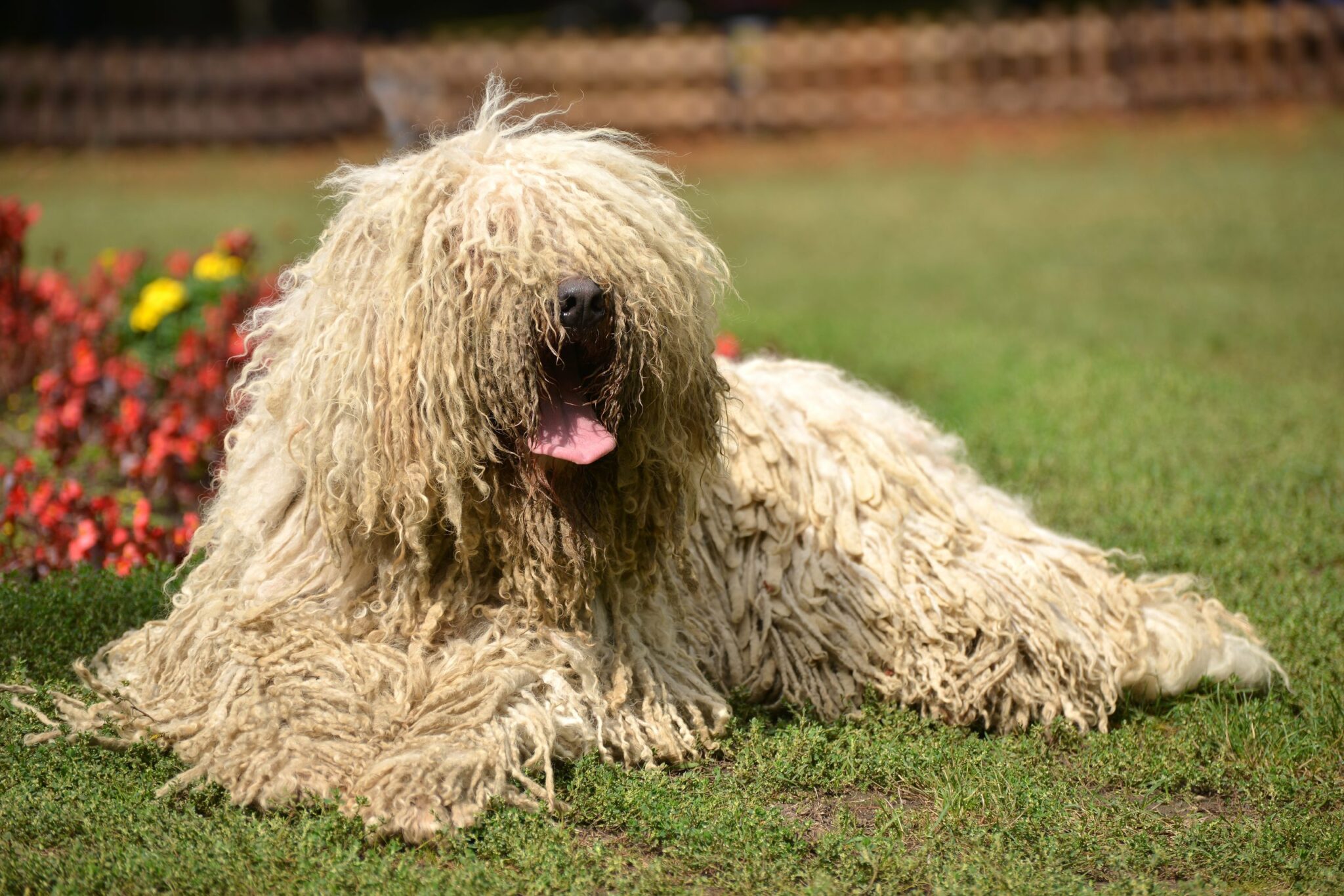 Shutterstock
Shutterstock
With a coat that resembles sacred mop-like robes, the Komondor has long been considered a symbol of protection and purity in Hungarian culture. Traditionally used to guard livestock, the Komondor’s ability to blend into sheep herds made it effective and almost otherworldly in its presence. Hungarian folklore often portrayed them as spiritual sentinels, defenders not just of flocks but of homes and families. Their imposing figure and composed demeanor gave them an aura of wisdom and divine guardianship. Anyone greeted by a Komondor at the gate likely reconsidered their earthly sins.
Greyhound
 Shutterstock
Shutterstock
Greyhounds were highly esteemed in ancient Egypt and later in Greco-Roman cultures. In Egypt, they were considered sacred companions to the nobility, often appearing in tomb paintings and mummified alongside their owners. Their speed, grace, and elegance led many to believe they were gifts from the gods. Romans also considered them symbols of purity and hunting excellence, often associating them with the goddess Diana. A Greyhound didn’t just hunt—it glided like a divine emissary with paws.
Anatolian Shepherd Dog
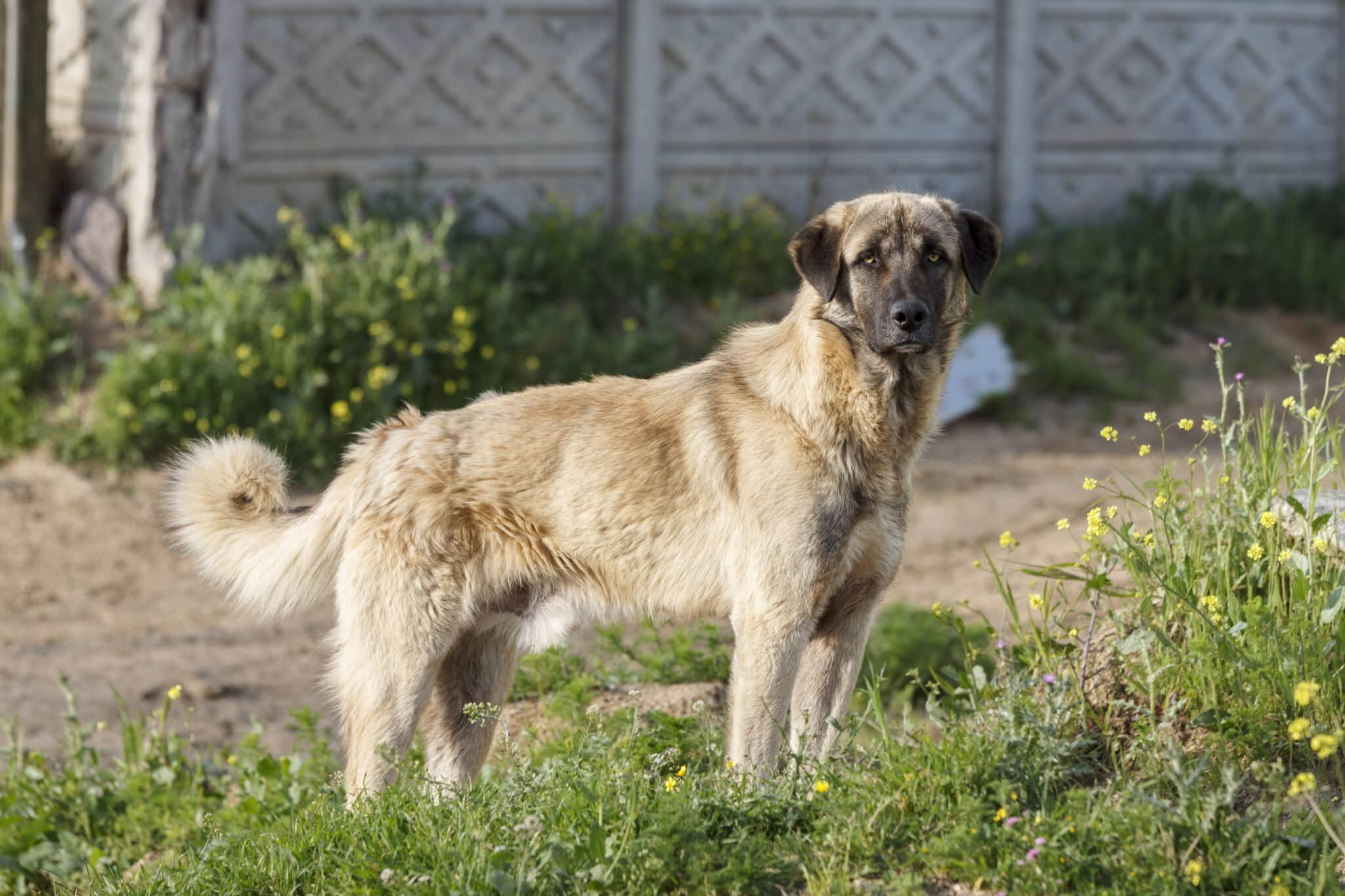 Shutterstock
Shutterstock
The Anatolian Shepherd Dog has its roots in ancient Mesopotamia, one of the cradles of civilization, where it was revered for its strength and unwavering loyalty. These dogs were considered gifts from the gods to protect livestock and villages from predators. Their sheer size, courage, and near-psychic awareness of danger gave them mythic status among early agricultural societies. In several ancient cultures of the region, they were linked to both fertility and protection, often appearing in rituals tied to land and livestock blessings. They weren’t just guarding sheep—they were safeguarding the divine order of life.
Japanese Chin
 Shutterstock
Shutterstock
The Japanese Chin was bred exclusively for nobility and was often kept in temples and royal courts. Their presence was believed to bring harmony, and they were treated more like living talismans than pets. These dogs were so revered that they were often carried in the sleeves of court robes and rarely touched the ground. Their delicate appearance and calm demeanor gave them an almost otherworldly presence. You weren’t just petting a dog—you were brushing the divine.
Cane Corso
 Shutterstock
Shutterstock
In ancient Rome, the Cane Corso was not only a war dog and guardian—it was also considered a symbol of strength, protection, and divine order. Often associated with Mars, the god of war, the Cane Corso was used in rituals and ceremonies involving power and victory. Their noble stature and imposing presence earned them a reputation as more than just working dogs—they were walking symbols of Roman virtue. When a Cane Corso stood at your gate, not even the gods dared to knock without permission.
Canaan Dog
 Shutterstock
Shutterstock
This breed, known as Israel’s national dog, dates back to biblical times and was likely the dog of ancient Hebrews. Used for guarding camps and flocks, the Canaan Dog’s instincts and alertness were seen as gifts from a higher power. Archaeological findings show their presence in early settlements, often tied to religious practices and ceremonies. Their survival in the wild for thousands of years only adds to their spiritual mystique. These dogs weren’t just guarding sheep—they were guarding the sacred.
Norwegian Elkhound
 Shutterstock
Shutterstock
In Norse mythology, dogs were often seen as spiritual beings that guided souls into the afterlife—and the Norwegian Elkhound fits right into that ancient belief system. Valued by Vikings for their loyalty and hunting prowess, these dogs were believed to have protective and guiding powers. Their strong bond with their humans and fearless nature made them ideal companions for both warriors and spiritual journeys. They were often buried with their owners to ensure safe passage into Valhalla. If ever a dog was worthy of riding into the afterlife beside a Viking, it’s the Elkhound.
The Pantheon of Paws
 MidJourney
MidJourney
These dogs didn’t just live alongside ancient humans—they were worshipped, exalted, and treated like divine beings in fur coats. Whether guarding temples, guiding souls, or lounging beside emperors, they were seen as more than pets. They walked where mortals feared to tread and napped where gods once sat. So the next time your dog gives you that smug, superior stare, remember: it might be channeling thousands of years of sacred status. Bow respectfully. Scratch behind the ears. And for the love of history—bring treats.

 1 month ago
9
1 month ago
9



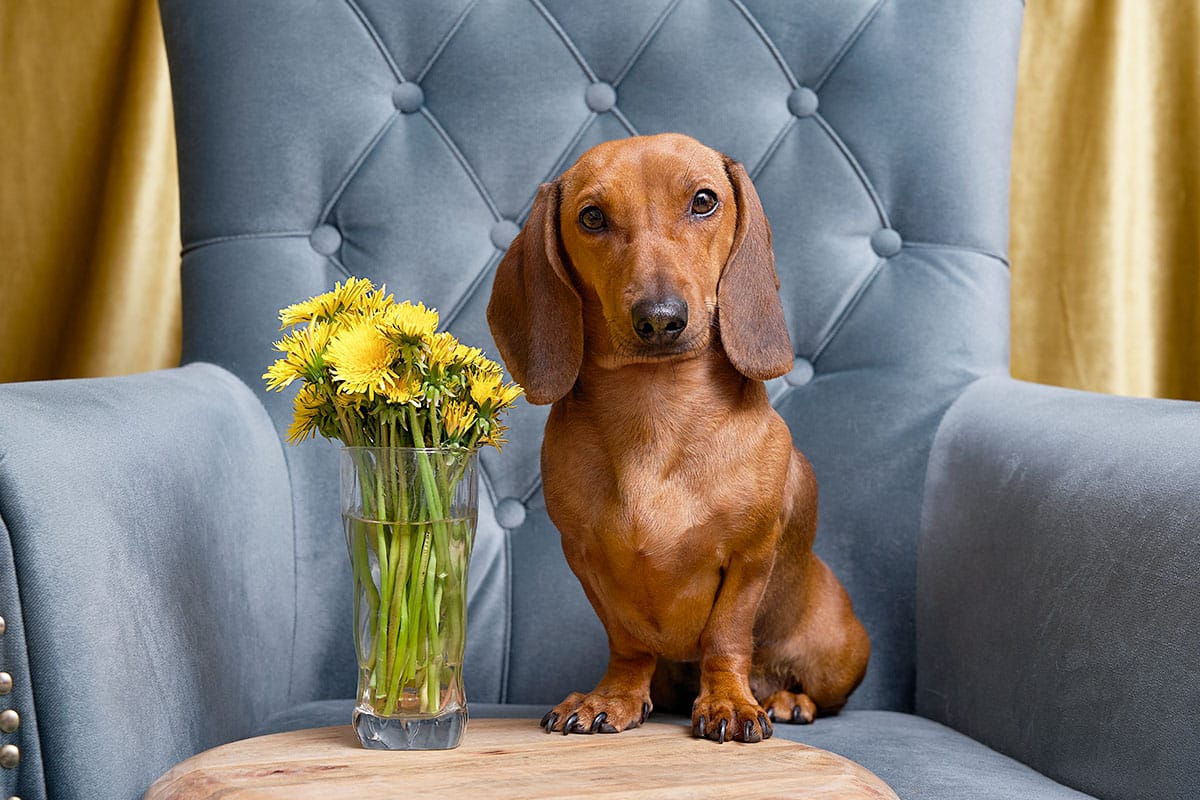

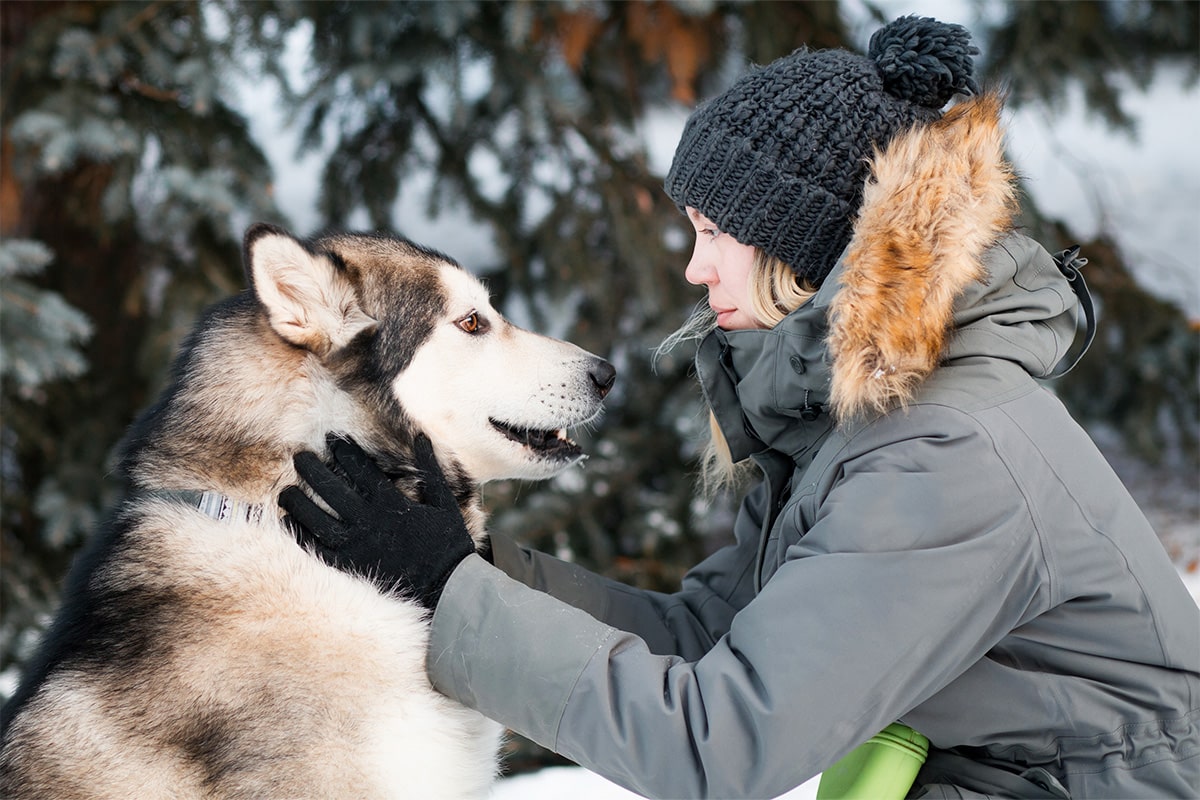
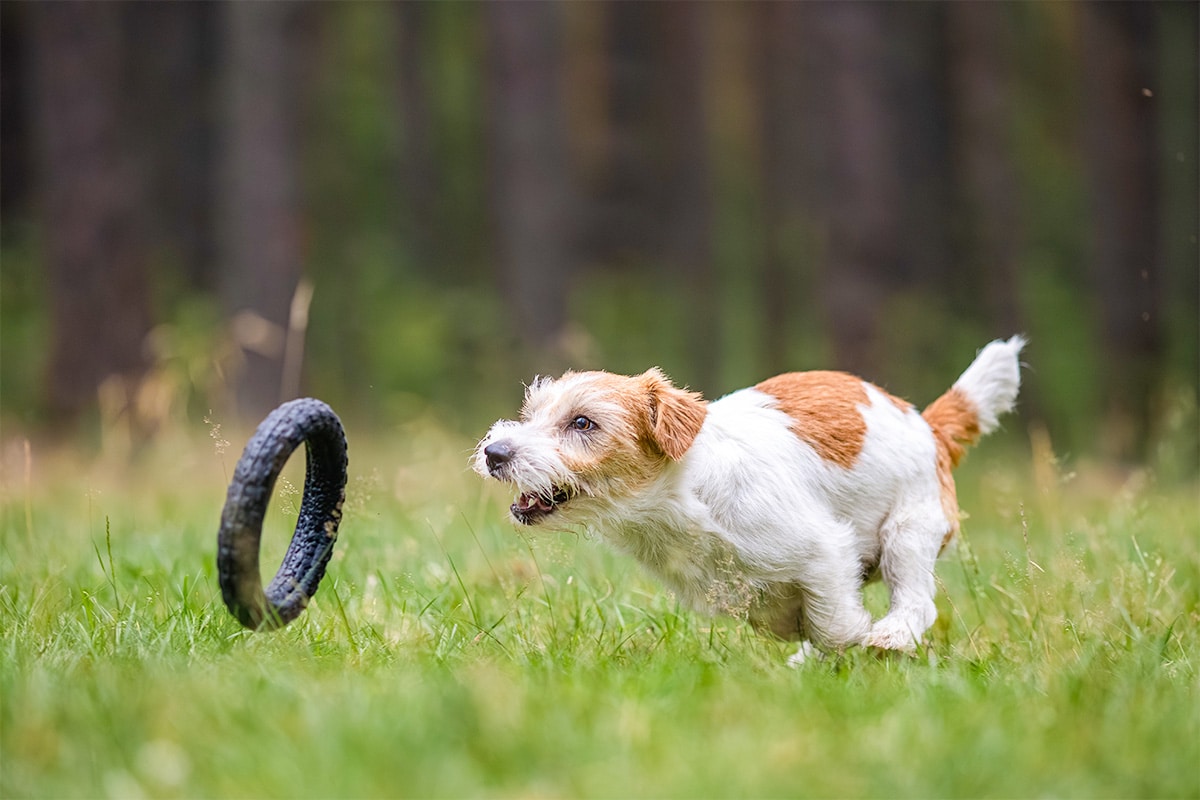
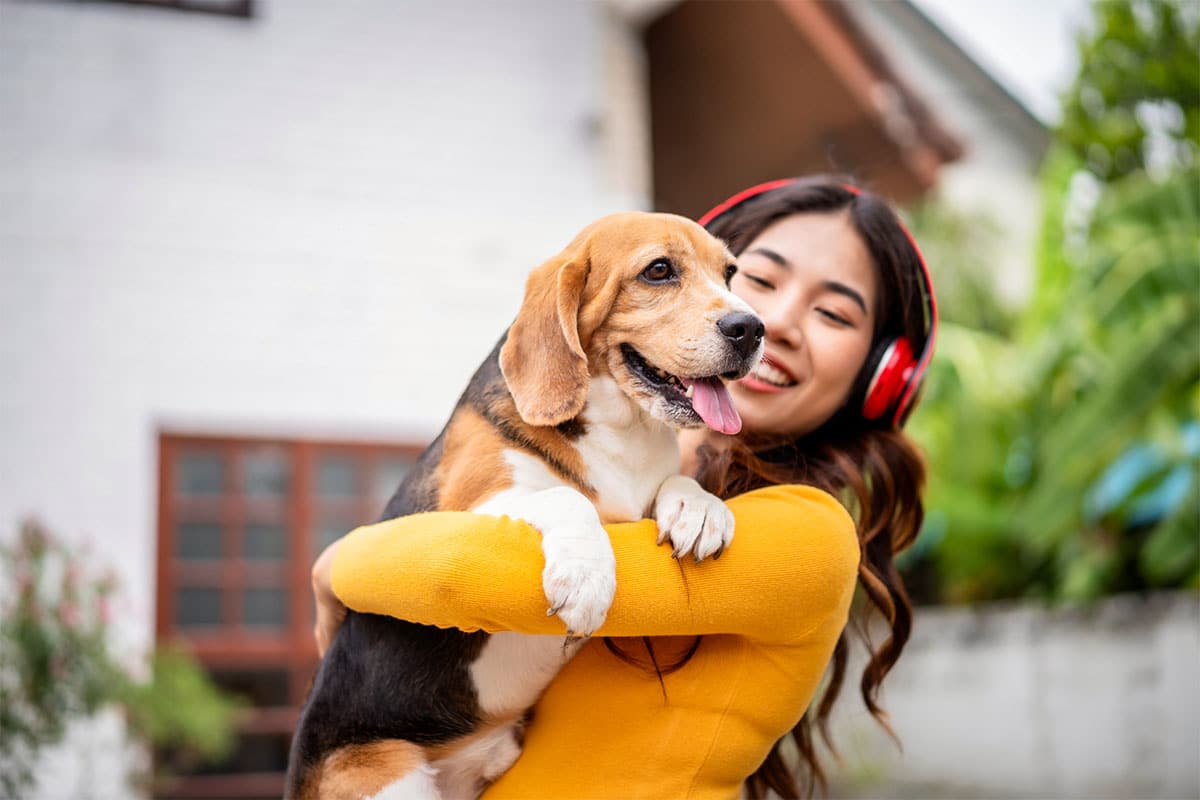




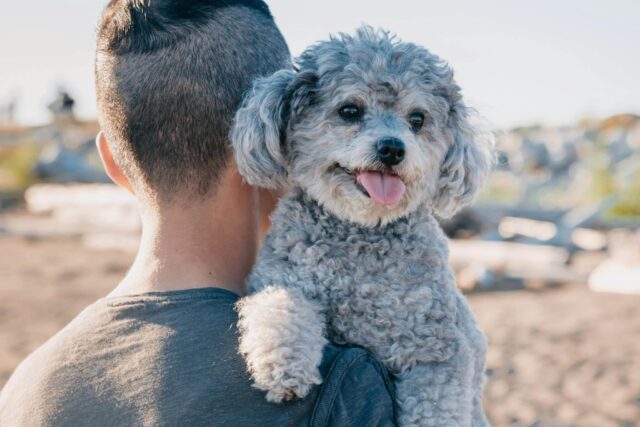





 English (US) ·
English (US) ·